FAQ: Designing a Segmented Retaining Wall
Segmented Retaining Walls (SRW) are an excellent choice: they are widely available, offer a lot of design options, are durable, and easy to install. 
When designing and installing an SRW it’s important to recognize that the blocks are only a small part of the system. Most of the system is actually hidden behind these blocks as part of the gravel fill and the reinforced soil zone. SRW work by using this reinforced zone to add weight and thus strength to the system as it holds back the soil.
As you look to design and build your retaining wall, wanted to address some common questions we get around reinforcement, soils, and water
Reinforcement
Do I need to add reinforcement to a Segmented Retaining Wall?
If your wall is more than 4 feet tall, then yes. Height of the wall includes the buried course. It is also recommended if there is expected to be additional loading close to the wall (e.g., structures, cars, etc.)
What if I break my 6 foot wall into two 3 foot walls?
Wall height is considered additive if the upper wall is within two times (2x) the height of the lower wall.
In this example if the 2nd 3 foot wall was only set 3 feet back of the first it would be considered a 6 foot wall and would require reinforcement.
How deep should my geogrid reinforcement be?
| Wall Height, ft. |
Reinforcement Max. Spacing | Min. L/H |
| H≤10 | 24 in. | 0.6 |
| 16 in. – Non-ideal soil | 0.7 | |
| 10<H≤20 | 24 in. | 0.6 |
| H>20 | 24 in. | 0.6 |
Note: seismic zones have different requirements
Does my reinforcement need to be the same depth all throughout the height of the wall?
For taller walls less reinforcement may be used at the lower courses.
Can I do corners and angles?
Certainly.
With outside corners and edges the reinforcement may start to overlap, and can be narrowed to reduce overlap.
With inside corners and edges, additional reinforcement may need to be used to better connect the wall to the reinforced soil zone.
Soils
The soil behind the wall makes up a huge part of an SRW system.

Do I need to replace the soil?
The bedding course and fill immediately behind the wall should be gravel. This allows these structures to quickly drain water.
For the backfill you can often use the existing soil, if it is of sufficient quality.
What makes a soil good/bad?
Generally soils that drain water poorly make for problems with SRWs.
More technically: clays and silts which have a high degree of fines making them poor draining as well as soils with medium to high plasticity. The presence of one or both of these features may require consultation with a geotechnical engineer.
Do I need to compact the soil?
Yes, as each course of block is placed
Water
Drainage is very important to ensure that water that gets behind the wall is quickly moved away. However, with the proper use of drainage structures, water doesn’t pose a problem.
Can I install an SRW as a sea wall?
Yes. Special attention should be paid to the drainage behind the wall. The goal is to ensure that the water level is the same in front of and behind the wall.
What if I have a high water table?
SRW’s can work in this situation. It may be recommended to install a chimney drain to better direct water under the wall
Should I be concerned with freeze-thaw?
Look for blocks that pass ASTM C1262 (Standard Test Method for Evaluating the Freeze-Thaw Durability of Dry-Cast SRWs and Related Concrete Units)
Have more design questions: NCMA SRW Best Practices Guide or take one of our continuing education courses. Not sure a Segmented Retaining Wall is the right option, check out this article showcasing other retaining wall options.
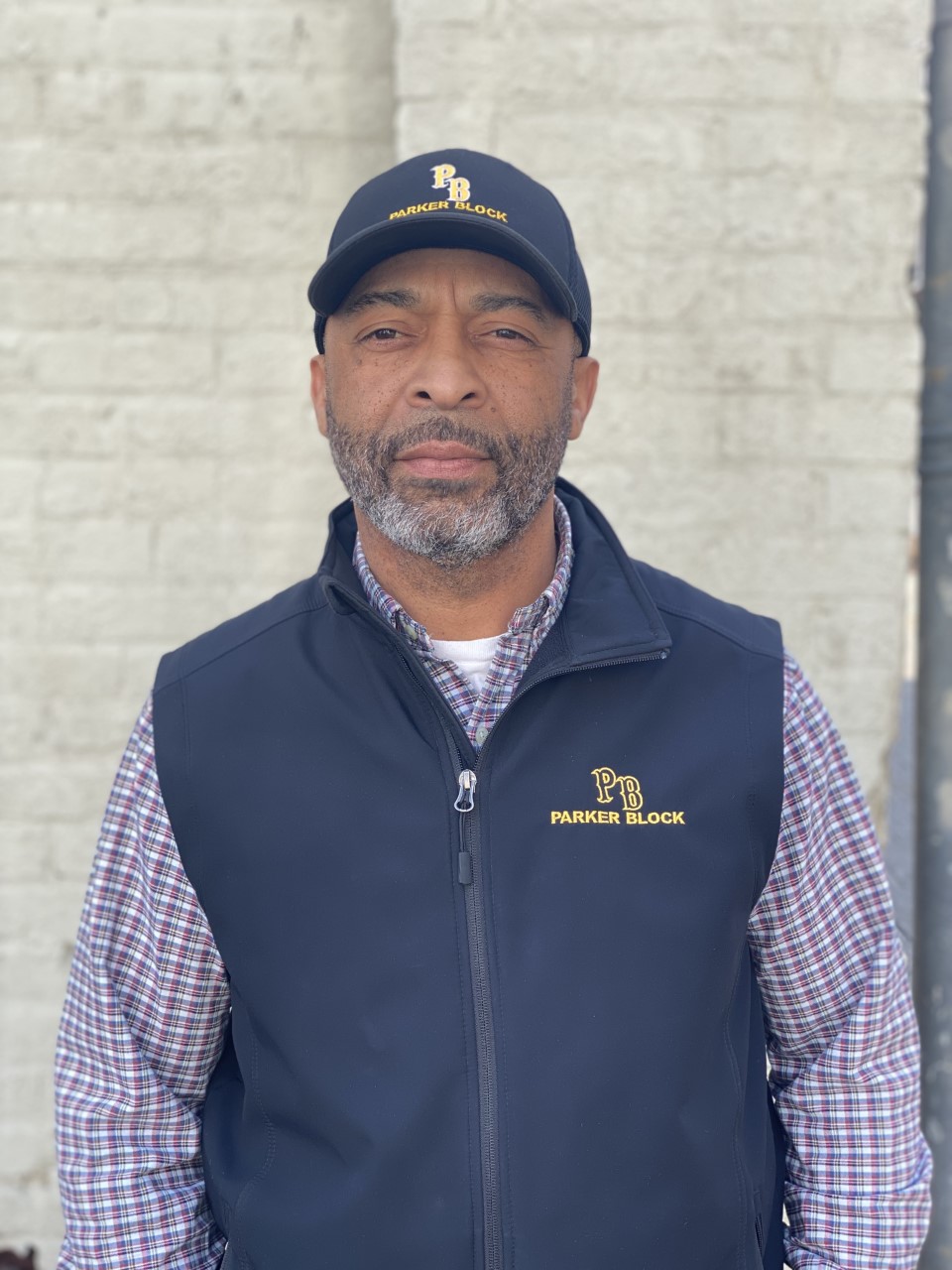
President of Parker BlockMarvin McCray
Latest News
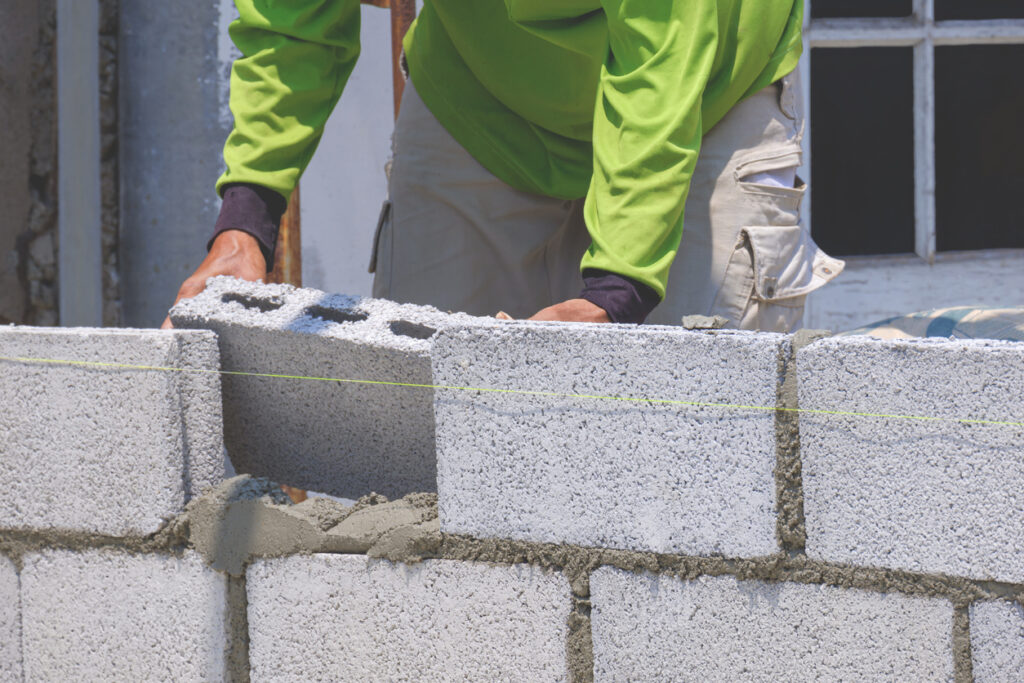
How Long Does Type S Mortar Take To Cure?
Like all mortars, Type S mortar requires careful attention during the curing process to reach its full strength. This isn’t […]
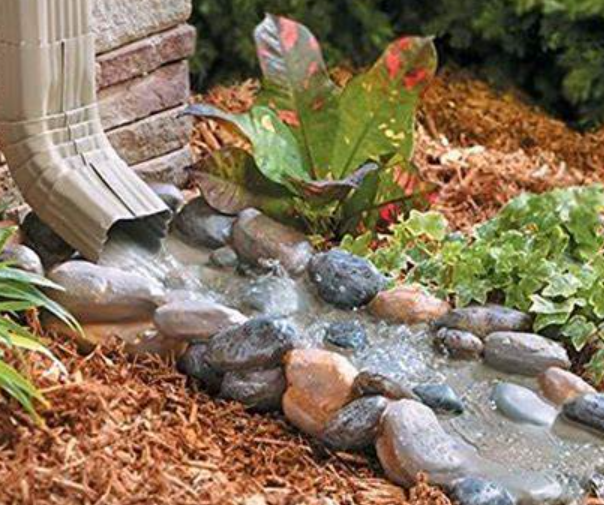
Decorative Downspout Splash Block Ideas For A Stylish Exterior
Creating a stylish exterior involves paying attention to the smallest details, and downspout splash blocks can make a surprising difference. […]
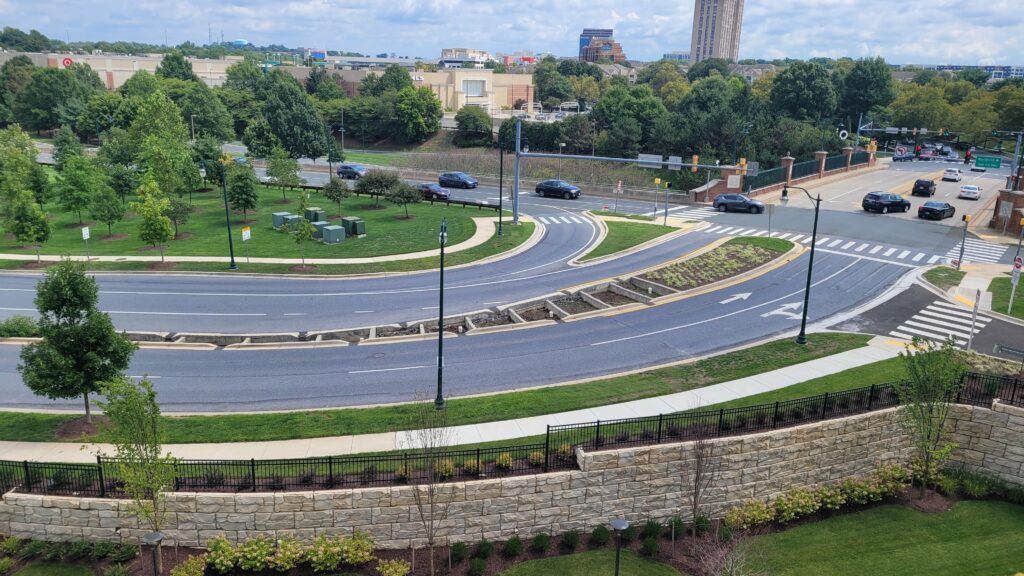
A Stormwater Compromise to Nowhere
I went to visit my grandmother at her new apartment and drove past an atrocity of a stormwater/transportation compromise. It […]
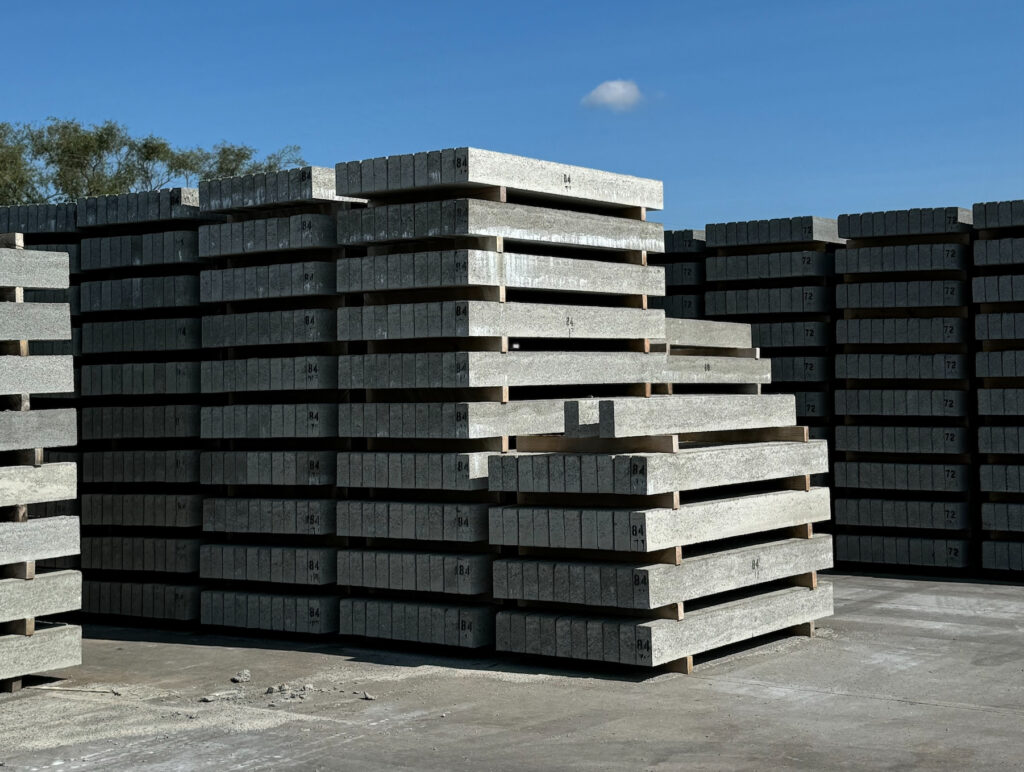
Choosing The Right Size: Your Essential Concrete Lintel Size Guide
Choosing the right size for a concrete lintel is a critical decision that can significantly impact the structural integrity of […]
